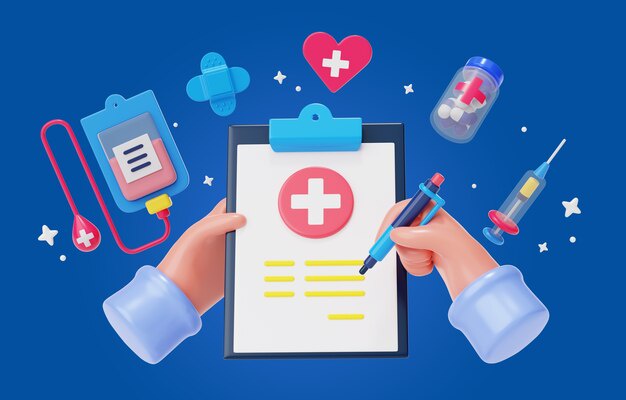In today's world, healthcare is changing fast, and one of the big changes is Remote Patient Monitoring (RPM) systems. So, what exactly are Remote Patient Monitoring Systems in the UAE? Well, it's a way for doctors and nurses to keep an eye on patients, even when they're not in the hospital or clinic.
Remote Patient Monitoring (RPM) in healthcare is like having a doctor or nurse check on you from afar. It uses special devices that patients wear to keep track of their health. These devices can measure things like your heart rate, blood pressure, or blood sugar levels. The clever part is that these devices send all this information to your doctors and nurses using the internet or wireless connections.
So, even if you're at home, your healthcare team can still keep an eye on how you're doing. This means they can spot any problems early and stop them from getting worse. It also means you don't have to go to the hospital all the time for check-ups. Remote Patient Monitoring is a handy way to make sure you're okay, and it's making healthcare more convenient for everyone.
How Remote Patient Monitoring Works
Remote Patient Monitoring works by using special devices or sensors that patients wear to keep track of their health. These devices, like smartwatches or small gadgets, can measure things like heart rate, blood pressure, and blood sugar levels. The data collected by these devices is then sent securely to the doctors and nurses through the internet or wireless connections.
Once the healthcare team receives the information, they can check on the patient's health without the patient needing to visit the hospital or clinic all the time. This way, doctors can keep an eye on patients even when they're at home or going about their daily lives.
It's like having a virtual doctor's appointment, where the patient doesn't need to leave their house. Remote Patient Monitoring helps doctors and patients work together to keep everyone healthy and safe, making healthcare more convenient and accessible for everyone involved.
Benefits of Remote Patient Monitoring

Remote Patient Monitoring has lots of good points:
- Easier Access to Care: Patients can get good care without having to go to the hospital all the time.
- Spotting Problems Early: Doctors can see if there are any problems early and stop them from getting worse.
- Getting Patients Involved: Patients can help keep an eye on their own health and talk to their doctors about any worries they have.
- Saving Money: Remote Patient Monitoring can help stop patients from needing to go to the hospital in emergencies, which saves money.
- Feeling Safe: People with long-term illnesses can feel safer knowing that doctors are keeping an eye on them, even when they're at home.
Challenges of Remote Patient Monitoring

One challenge of Remote Patient Monitoring is making sure that patients' information stays safe and private. This means hospitals and doctors need to use special technology to keep everything secure. Another challenge is that some patients might find it tricky to use the devices or get online. They might need extra help and support to understand how everything works.
But there are also things to think about:
- Keeping Information Safe: It's really important to keep patients' information private and safe.
- Technology Problems: Some people might find it hard to use the devices or get online, so they need extra help.
- Making Everything Work Together: It can be tricky for hospitals to use Remote Patient Monitoring with their other systems, so they need to work together well.
In summary
Remote Patient Monitoring is a clever way for doctors and nurses to watch over patients, even when they're not in the hospital. It works by using special devices that patients wear to measure things like their heart rate and blood pressure. These devices send the information to the doctors through the internet or wireless connections.
Remote Patient Monitoring helps patients get good care without having to go to the hospital all the time. It's also good at spotting problems early and stopping them from getting worse. Patients can feel involved in looking after their health, and it helps save money too.
But, we need to be careful to keep patients' information safe and make sure everyone can use the technology. Overall, Remote Patient Monitoring is a big step forward in healthcare, making it easier for everyone to stay healthy and safe, no matter where they are.


No comments yet